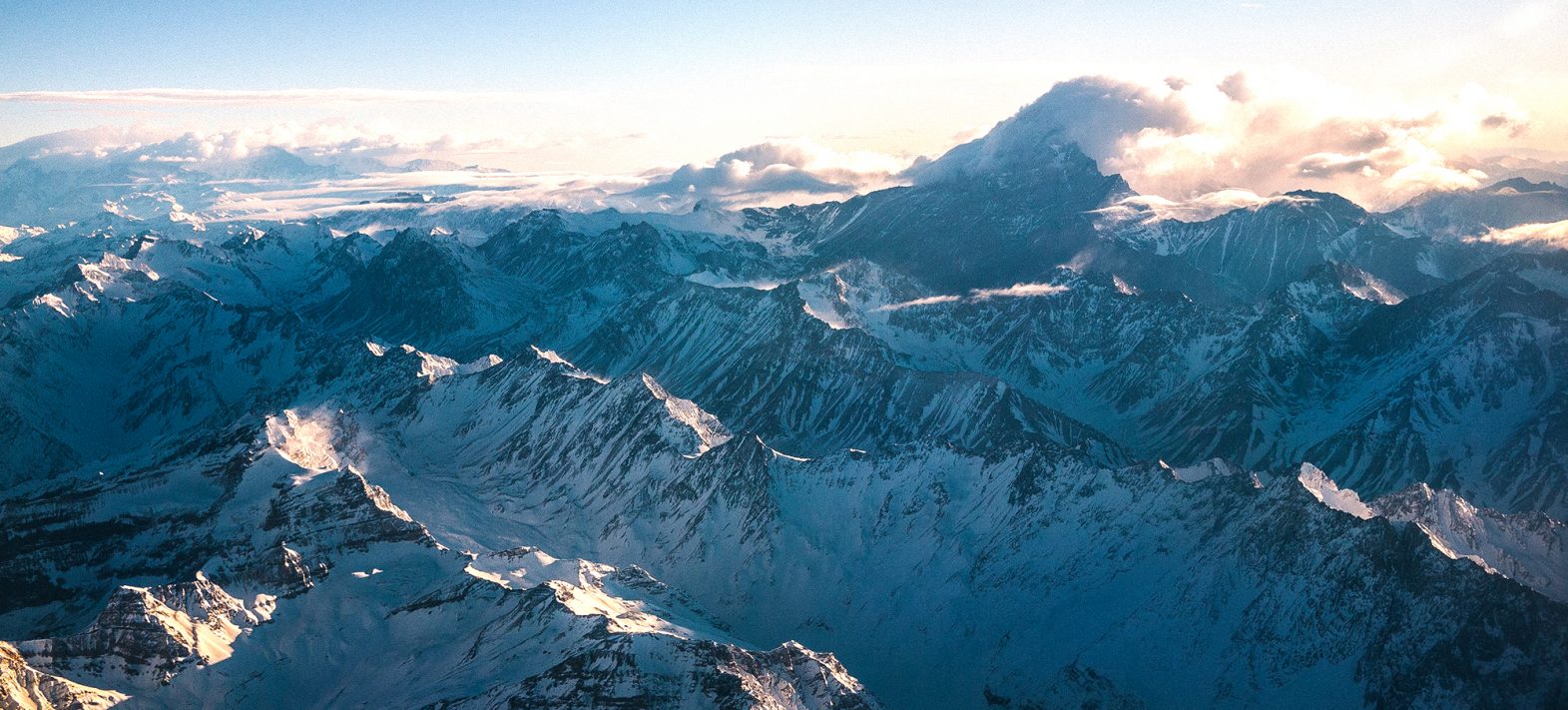The geodynamic conditions for the formation of the Andes experimentally explored
A team of researchers has used a novel experimental setup to explore the geodynamic conditions under which compressive deformation of the upper tectonic plate might be possible in a context of oceanic subduction.

© Nicolas Prieto - Unsplash
Publication date: 29/11/2023
Press, Research
Related teams :
Tectonics and Mechanics of the Lithosphere
Related themes : Earth System Science, Earth and Planetary Interiors









